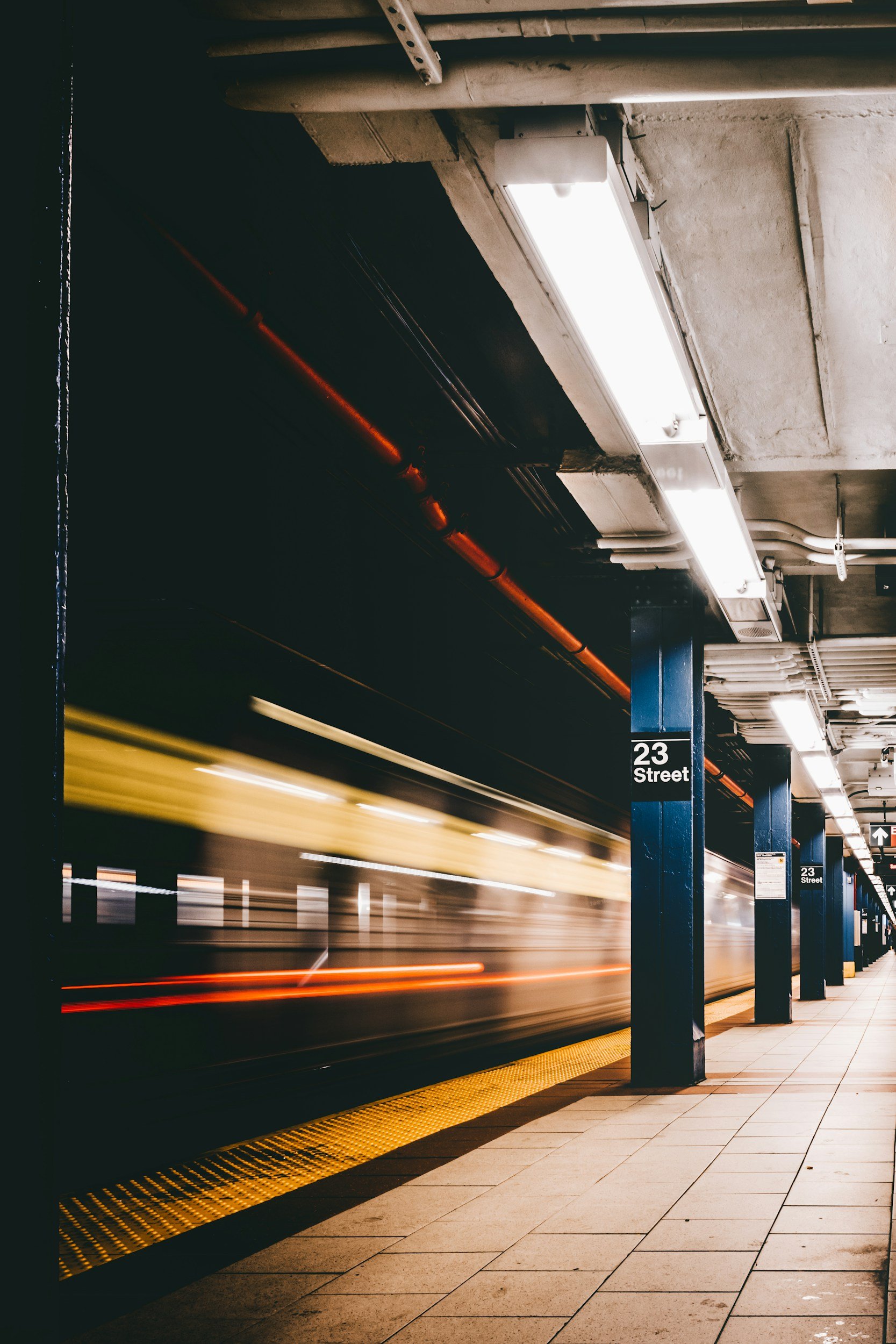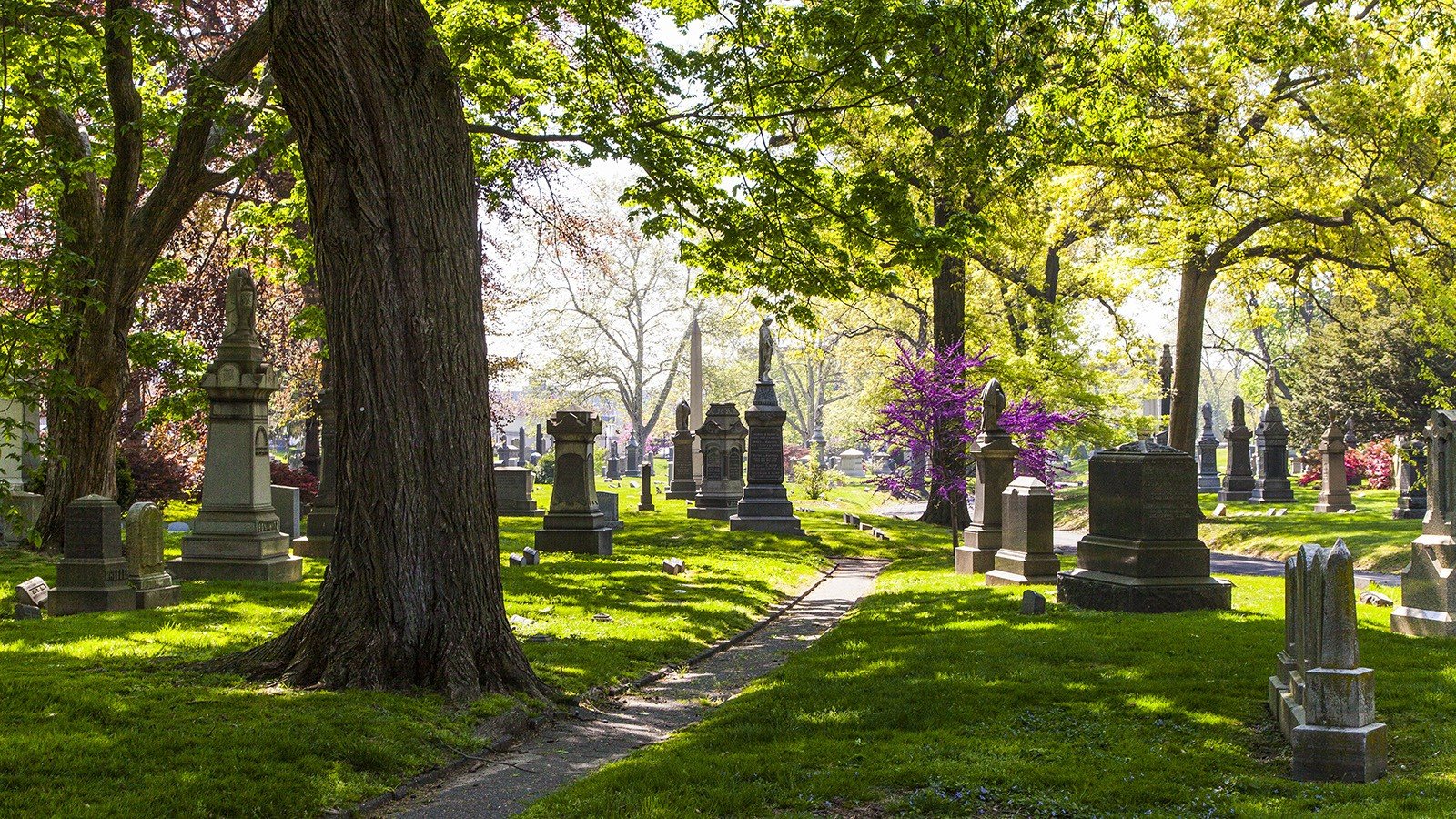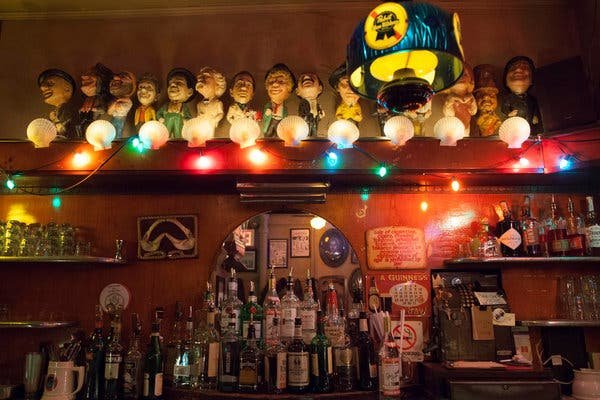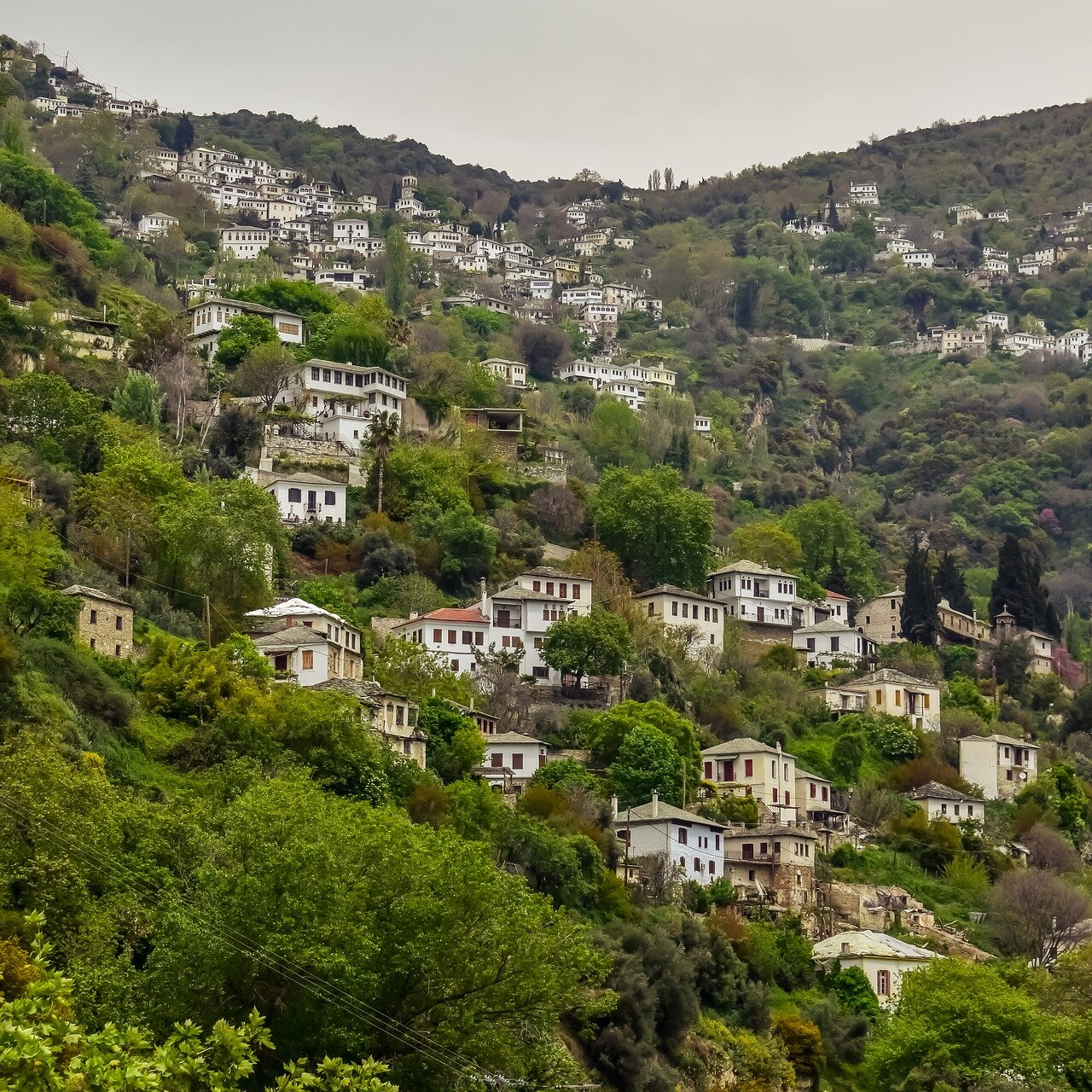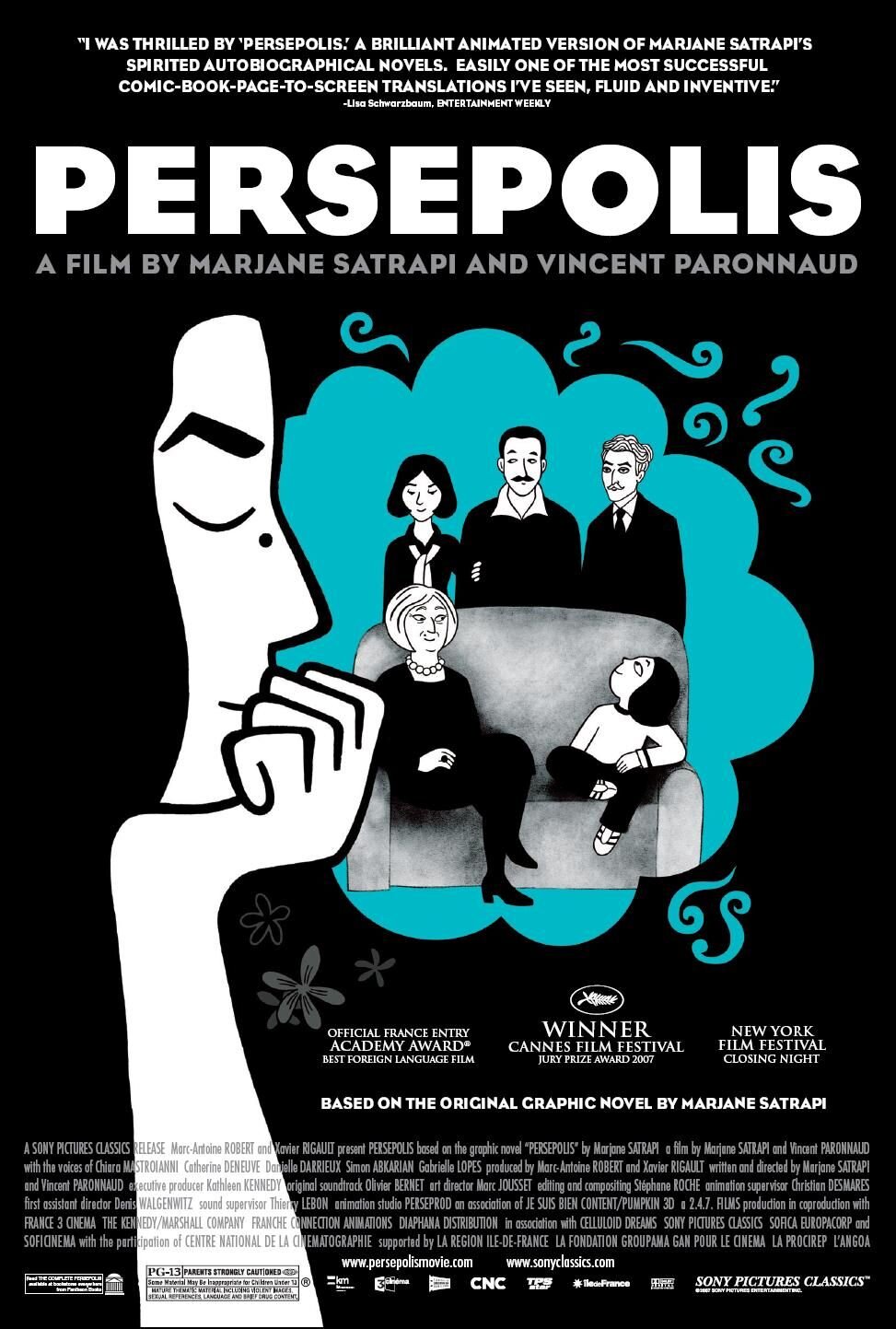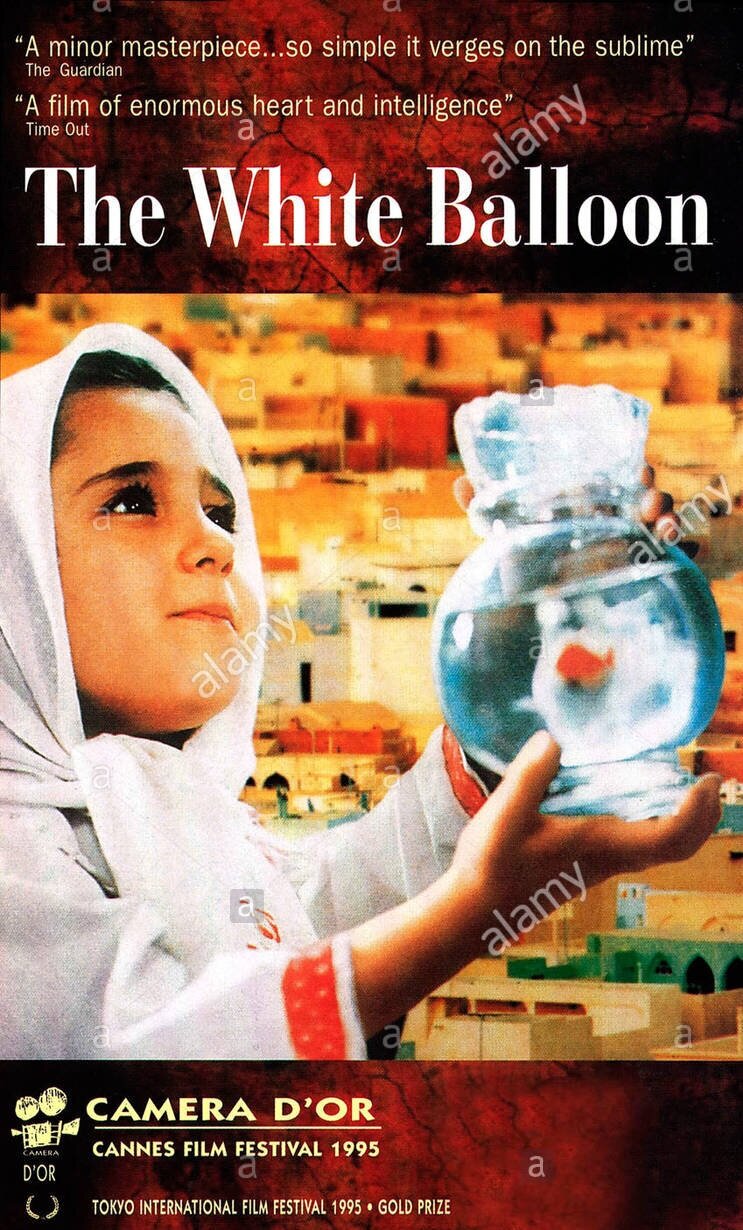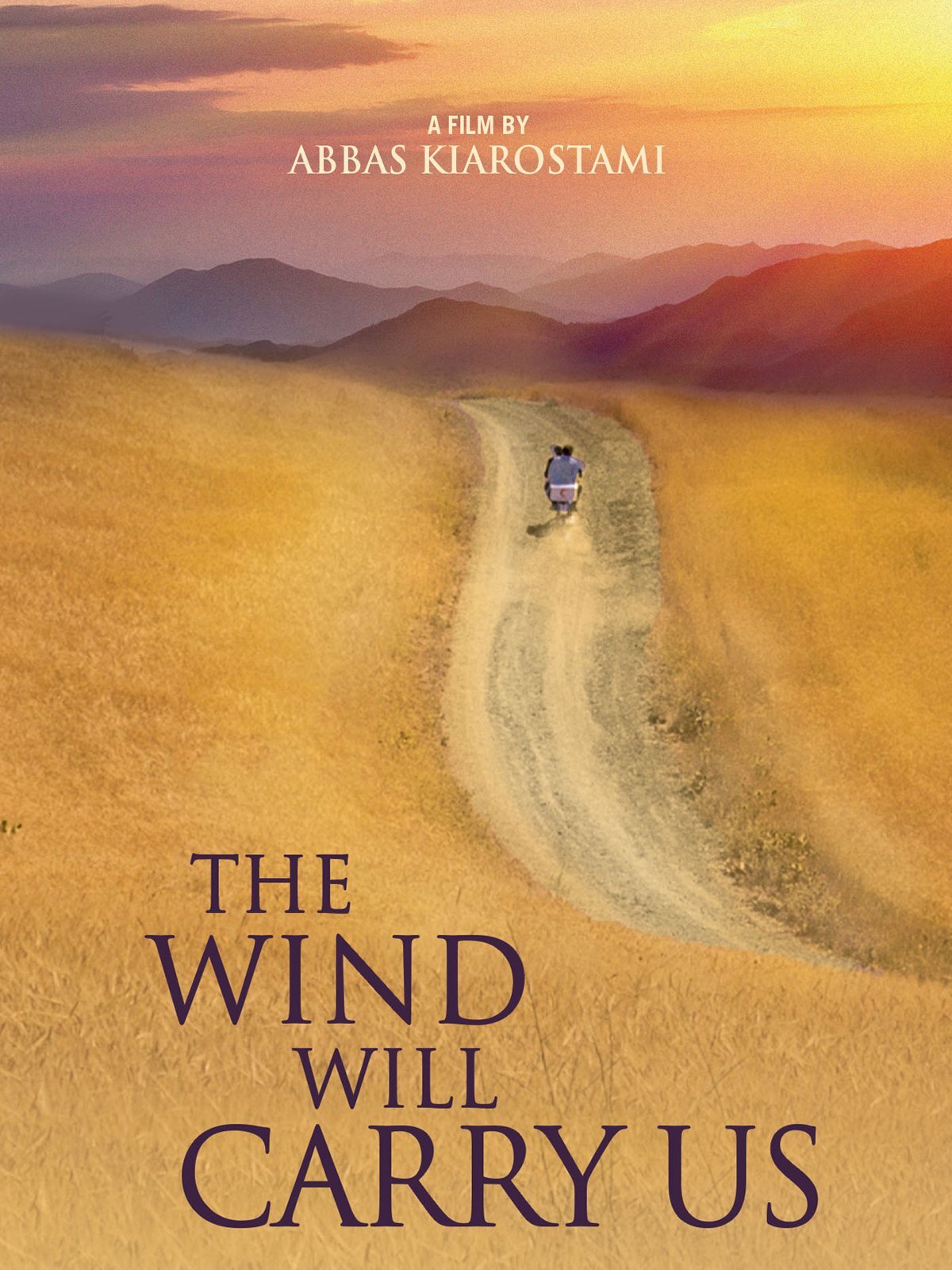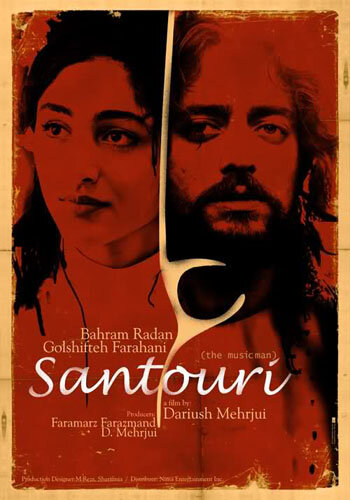New York City has an endless array of hidden treasures waiting to be discovered. Each of these unique spots offers a distinct experience that showcases the city's rich diversity and vibrant culture. Step off the beaten path and explore the secret side of NYC—you'll be amazed by what you find!
In other words, get the fuck out of Times Square (hell on Earth), MoMa (overrated) and SoHo (nothing more than an open-air shopping mall). New-York is way more than that and I am gonna prove it with some gems that foreign travelers have never heard of.
Public Records (Live Music, Coffee & Food)
The Atrium
The Sound Room
A Cultural Hub in Gowanus
Located in Gowanus, Brooklyn, Public Records is a one-of-a-kind venue combining a café, vegan restaurant, record shop, and live music space. With its industrial-chic ambiance and commitment to sustainability, it's the perfect spot to sip artisanal coffee while discovering rare vinyl records.
Featuring an eclectic lineup of performances, from local bands to international artists, the intimate setting provides an unparalleled auditory experience. The state-of-the-art sound system ensures that every note is delivered with pristine clarity, making it a must-visit destination for music lovers. There I could attend niche Ambient shows, Pakistani folk, Iraqi Techno sets and also Swedish pop concerts. In addition to its main Atrium the place features two concert rooms for different atmospheres.
The café at Public Records is a haven for coffee lovers and food enthusiasts alike. With its commitment to sustainability, the café serves up delicious, plant-based dishes and artisanal coffee in a cozy, industrial-chic setting.
Whether you're looking to expand your vinyl collection, enjoy a delicious meal, or experience live music in an intimate setting, Public Records offers a unique and enriching experience that celebrates the intersection of culture and community.
Address: 233 Butler St, Brooklyn, NY 11217
Nōksu (Fine dining)
A Culinary Gem in the underground
Indulge in the flavors of Korean Fusion at Nōksu, a hidden restaurant located in the subway of the city. Led by acclaimed Chef Dae Kim, Nōksu features a 15-seat tasting counter where guests can indulge in a meticulously crafted 9-course menu that showcases innovative takes on seafood-oriented dishes.
At Nōksu, each dish is a work of art, combining traditional Korean flavors with contemporary culinary techniques. The menu highlights a variety of seafood, including finned fish, shellfish, and game, all prepared with precision and creativity. Signature dishes such as the barbecued squab, inspired by walks through New York City's Chinatown, and the sunflower-shaped surf clam steamed egg, adorned with crispy potatoes and Kaluga caviar, exemplify the restaurant's commitment to excellence. They just earned their first Michelin Star!
The ambiance at Nōksu is both elegant and intimate, with a sleek black marble counter that stretches the length of the room. Guests are treated to a front-row view of the culinary action, as chefs armed with tweezers meticulously manage and primp each dish. It's a real pleasure to watch their work while waiting for the next dish, building anticipation and healing impatience.
Nōksu's unique location within the NYC subway system adds to its charm, offering a hidden gem that surprises and delights diners. You will need a secret code to enter that door!
Address: 49 W 32nd St, New York, NY 10001
Metrograph (Indie Cinema/Bar/Restaurant)
A Cinephile’s Paradise
Located between the vibrant Lower East Side and Chinatown, Metrograph is an independent theater that celebrates the art of cinema in a unique and intimate setting. With its retro vibe and eclectic movie selections, Metrograph offers a cinematic experience unlike any other in New York City.
At Metrograph, you'll find a carefully curated lineup of films that spans various genres, eras, and styles. From classic Hollywood masterpieces to indie gems and international cinema, Metrograph's diverse programming ensures there's always something intriguing for every movie lover. The theater's commitment to showcasing both well-known and obscure films creates an atmosphere of discovery and appreciation for the art of filmmaking. I may have spent way too much money in Metrograph but it allowed me to watch (among many others) Pasolini, Wim Wenders, Gaspard Noe, Tarkovsky, Wong Kar Wai and Terrence Mallick’s masterpieces on a big screen which is priceless. They also often invite directors or film crew members for Q&A and special screenings.
The venue itself exudes a vintage charm, with its stylish interiors and cozy screening rooms that transport you back to the golden age of cinema. The main theater, known for its plush seating and excellent acoustics, provides an immersive viewing experience that allows you to fully lose yourself in the magic of the movies.
Metrograph is more than just a theater—it's a cultural hub that fosters a sense of community among film enthusiasts. The on-site Commissary restaurant and bar offer a perfect spot to discuss films over a delicious meal or a craft cocktail. Whether you're attending a special screening, a film festival, or one of Metrograph's many events, you'll find yourself surrounded by like-minded individuals who share your passion for cinema. The place also occasionally turns into a flea market or a thrift store where one can buy rare cinema-related (hipster) items.
Address: 7 Ludlow St, New York, NY 10002
Antidote (Restaurant)
Chinese delights in Williamsburg
Antidote is a culinary haven at the heart of Williamsburg a few meters away from the waterfront and close to Domino Park. This atmosphere is very neat with a menu that showcases the best of Sichuan cuisine, making it a must-visit destination for food enthusiasts.
The place definitely brought me memories back from my two China trips. Some dishes are closer to Fusion and the chefs actually updated Chinese cuisine bringing it a sense of modernism.
From the spicy Kung Pao Chicken to the savory Mapo Tofu, each dish is crafted with care and precision, using the freshest ingredients to ensure an unforgettable dining experience. The menu also features a variety of small plates and appetizers, such as the Wood Ear Mushroom Salad and the Beancurd in Chili Oil, perfect for sharing with friends and family.
The restaurant's unique design, complete with a skylight and a random terrarium, adds to its charm and makes it a perfect spot for a relaxed meal or a special occasion. Obviously it is more pricey than the small Chinese spots you may find all around the city but for the Williamsburg standards it is quite reasonable. Service is also top-notch.
Whether you're a fan of Sichuan cuisine or simply looking for a cozy spot to unwind, Antidote promises a delightful and memorable experience.
Address: 66 S 2nd St, Brooklyn, NY 11249
Baciccia (restaurant)
My Favorite pizza in New York
If you also think that New York-style pizzas (in other words the greasy fast-food/junky/ultra-processed thing that locals are so proud of) are a disaster and extremely overrated you may want to read this paragraph. The city actually has some authentic Italian pizzas with high-quality ingredients and a sense of balance. DO NOT GO TO THE SO-CALLED “LITLLE ITALY” thing which is a gigantic tourist trap.
Located in the heart of Park Slope, Baciccia Pizza e Cucina is a delightful Italian eatery that brings the flavors of Italy to Brooklyn. With its warm and inviting atmosphere, Baciccia offers a cozy spot to enjoy delicious, authentic Italian cuisine (the family owning the place is from Sicilia).
At Baciccia Pizza e Cucina, you'll find a menu filled with mouthwatering options, from classic pizzas to delectable pasta dishes. Each pizza is crafted with care, featuring a thin, crispy crust and topped with the finest ingredients. Whether you opt for the traditional Margherita or the savory Tre Porcellini, every bite is a testament to the art of Italian pizza-making.
The restaurant's ambiance is both charming and welcoming, with rustic décor that transports you to a quaint Italian trattoria. The friendly and attentive staff ensure that every visit is a memorable one, providing impeccable service and a warm, family-like atmosphere. They also offer a creative pizza of the week and sometimes oysters but I ALWAYS go for the Emiliana pizza! Don’t miss the LEGENDARY affogato!!!!!!
Address: 8309 3rd Ave, Brooklyn, NY 11209
Honeycomb Hi-Fi Lounge (bar/Listening Room)
A Sonic Sanctuary in Park slope
In the heart of Brooklyn, Honeycomb Hi-Fi Lounge offers a haven for audiophiles and music enthusiasts seeking a neat auditory experience.
At Honeycomb Hi-Fi Lounge, you'll find an impressive collection of vintage records and state-of-the-art sound systems that ensure every note is delivered with pristine clarity. The lounge is designed to celebrate the art of listening, with curated playlists that span a diverse range of genres and artists. The ambiance at Honeycomb Hi-Fi Lounge features a dark and cathedral-like décor: a perfect scenery for music lovers who want to gather to share their love for sound and Japanese whiskeys. It is also a perfect place to hang out on your own enjoying the records played.
Whether you're a fan of classic jazz, experimental electronic, or soulful R&B, Honeycomb Hi-Fi Lounge offers a sonic journey that caters to all musical tastes. The place also hosts intimate listening sessions and special events that highlight the beauty of high-fidelity audio. Although I love that place, bear in mind that it is always crowded and New Yorkers often chat very loud!
New-York is full of interesting listening bars. Another option (more classy but less intimist) could be Eavesdrop in Greenpoint. Some people love Hi-Note in East Village but I found that place quite overrated (poor sound system and uninteresting atmosphere).
Address: 74 5th Ave, Brooklyn, NY 11217
Green-wood Cemetery (Park)
A stroll through NYC’s best park
For a very long time I did not realize that my best neighbors were dead people! My first apartment in New York was located just next to the Green-wood Cemetery and it took me 6 months before actually entering it. With its stunning Gothic Revival architecture, historic monuments, and beautifully landscaped grounds, a stroll through Green-Wood feels like a journey back in time. The cemetery is home to the graves of many notable figures, including artists, politicians, and Civil War heroes. For instance Basquiat was buried there. The architecture is quite varied with some impressive structures which are all very well maintained.
Green-wood is probably the most underrated place in the city to have a serene walk surrounded by stones, trees and even small lakes. There you won’t meet any tourists, homeless, drug addicts, nor annoying NYU kids chatting loudly about their stereotyped lives. Instead you will encounter squirrels, swans, quiet photographers, cute couples strolling around, painters and quirky souls reading Geopolitics magazines by the lake (joking, I don’t live there anymore). During summer some outdoor film screenings are organized as well as concerts.
The park is bigger than what you think and there are countless trails going in all directions allowing to get far away from any noise or other city inconveniences.
With the place (also) being a cemetery, one must refrain from cycling or jogging!
Address: 25th St, Brooklyn, NY 11232
Barbes (Bar & live Music)
The ultimate Brooklyn den
Chairs are usually removed for the night shows.
For a taste of global music & warm atmosphere, head to Barbes in Park Slope, Brooklyn. This eclectic venue hosts an array of live performances, from jazz and world music to experimental (it sometimes gets quirky!). Drinks are also pretty affordable and the crowd is always very engaging. Due to the musical diversity and cool atmosphere Barbes quickly became my to-go bar. A place I bring most of my guests visiting New York. There are usually three different performances every evening throughout the week. The vast majority of the shows are free (donation-based) to attend. The small setting allows for an up-close and personal experience with the artists, creating a sense of connection among the audience.
The ambiance at Barbès is easy-going and inviting, with rustic décor and dim lighting. The venue's charm makes it an ideal spot for both intimate gatherings and spirited nights out, offering a space where culture and camaraderie come to life. The vast majority of the crowd is made of laidback locals from 30 to 99 years old. By hanging out at Barbes I got to chat with all kinds of people having all kinds of obsessions: Astrophysics, Chinese Communism, Rock music, Quebec, etc.. You won’t meet the typical annoying/pretentious folks here and will probably want to come back!
Address: 376 9th St, Brooklyn, NY 11215
Nicholas Roerich Museum (Art)
The most underrated Museum in New York City
Tucked away on the Upper West Side, the Nicholas Roerich Museum is dedicated to the works of the Russian artist, philosopher, and explorer. The tranquil environment and captivating exhibits provide a glimpse into Roerich's visionary world through its numerous trips across Tibet, India and China. The museum's mission is to promote an appreciation of Roerich's contributions to art, science, spirituality, and peacemaking.
The museum houses an extensive collection of Roerich's paintings, with approximately 150 works on display. Roerich's art is renowned for its vibrant colors, mystical landscapes, and spiritual themes, often inspired by his travels in the Himalayas and his deep interest in Eastern philosophy. Each painting invites viewers to embark on a journey of inner reflection and discovery. I liked his artworks so much that it greatly inspired me to organize a trip to Ladakh in India.
In addition to its impressive art collection, the Nicholas Roerich Museum also features a variety of archival materials, including letters, photographs, and manuscripts that provide insight into Roerich's multifaceted life and achievements.
The museum's serene atmosphere (not crowded) is enhanced by its elegant décor and the peaceful surroundings of the Upper West Side. Last but not least, it is entirely free to visit!!
Address: 319 W 107th St, New York, NY 10025
Sunny's
A Timeless Treasure in Red Hook
Sunny's Bar is a beloved neighborhood institution that has been present since the 1890s. If the vast majority of New-Yorkers know that place it is quite rare to hear any foreign travelers getting there. It is true however that the place is in the middle of nowhere being at the end of a labyrinth of industrial facilities, residential lots and port infrastructures. The remoteness of Sunny’s is also its charm. As soon as you step in you realize how PACKED it is! You guessed it right, if the streets are empty it is because everyone is there! The bar's cozy and vintage interior, dim lighting, and friendly staff create a very cool environment that reminded me of the pubs in Ireland. The layout of the bar is quite unusual with multiple areas spreading it looks a bit like a giant private property turned into a massive bar. It really worths checking the outdoor patio in addition to the multiple rooms.
One of the highlights of Sunny's is its vibrant live music scene. The bar regularly hosts an array of talented musicians, offering everything from jazz and blues to folk and rock. In addition to its lively music offerings, Sunny's boasts a well-stocked bar with a diverse selection of craft beers, mulled wines, spicy jalapeño margarita and other alcoholic joys. Apparently the place was said to be Anthony Bourdain’s favorite bar in New-York.
Red Hook is for now quite a quirky neighborhood. Some areas may seem slightly sketchy while some others are really cool with interesting shops, cafes and restaurants. The area is in transition but it definitely deserves a visit. Do not miss the Pioneer Works Center For Art and Innovation nearby!
Address: 253 Conover St, Brooklyn, NY 11231
The Juilliard School (Music & Art Performances)
A World-Class Performance Experience Without Breaking the Bank
Hey, international travelers! If you're in New York City and looking to dive into some high-caliber performing arts without draining your travel funds, then The Juilliard School is your next stop. Nestled in the iconic Lincoln Center, Juilliard is renowned globally for its excellence in dance, drama, and music. And the best part? You don't need a Rockefeller-sized budget to experience it!
This prestigious institution offers a range of low-cost or even free performances throughout the year. Whether it's a riveting drama production, a mesmerizing ballet performance, or a soul-stirring orchestral concert, there's always something happening at Juilliard that will leave you awe-struck.
The school's state-of-the-art facilities are nothing short of spectacular. Picture yourself watching a performance in one of the stunning venues, like the Peter Jay Sharp Theater or the Alice Tully Hall, surrounded by the buzzing artsy vibe of Lincoln Center. It’s an experience that screams New York City culture!
Juilliard isn't just about high-brow performances. The school's eclectic lineup includes everything from contemporary pieces to experimental works, ensuring there's something for every taste. Plus, the student performers bring a fresh, dynamic energy to the stage, making each show a unique and unforgettable experience. There I got to attend Jazz but also Classical music performances. I also chatted a lot with both students and their families, hearing their perspectives on how the school is training them to become elite musicians and performers of tomorrow.
It's the perfect way to add a sprinkle of culture to your NYC adventure without skimping on other experiences.
Address: 60 Lincoln Center Plaza, New York, NY 10023
TV Eye (Live Music & Bar)
An Artistic Haven in Ridgewood
Experience New York’s underground art scene at TV Eye, an innovative performance space in Ridgewood. With its diverse lineup of experimental music, visual art, and multimedia performances, TV Eye is a hub for creative expression and avant-garde artistry.
At TV Eye, you'll find three versatile spaces: the Entire Venue, Room 237, and the Live Music Room. Each space is designed to accommodate a variety of artistic and social events, from live music performances and dance parties to film screenings and multimedia installations.
The ambiance at TV Eye is both eclectic and inviting, with unique aesthetics crafted by talented collaborators. The venue's design reflects a blend of cinematic and artistic influences, creating an imaginative and dynamic atmosphere that encourages creativity and exploration. There I got to attend New Wave, a Brazilian DJ set, Dream Pop & Psychedelic Rock concerts. Last but not least: drinks are very reasonably priced!!
Address: 1647 Weirfield St, Ridgewood, NY 11385
Church of Sweden (Coffee, Pastries & Holiness)
A slice of Swedish heaven
The Church/Café of Sweden is located 10 meters away from the bustling 5th Avenue and the overly-touristy Rockefeller Center. The entrance is pretty discrete and due to all the high towers nearby as well as the pace of the pedestrians it is easy to miss it!
In a city that never sleeps, the Swedish Church stands as a beacon of calm and culture. I am so grateful to this place for being located right next to my workplace. That proximity allowed me to escape COUNTLESS boring small talk/superficial conversations with colleagues during lunch breaks (“Tack gode gud!!!”! 🙏🇸🇪). It's a spot where you can momentarily escape the demands of your corporate job and immerse yourself in the coziness of a Swedish atmosphere with neat decors and introvert people enjoying their Fika.
As soon as you step in you forget being in New York. Actually you will barely hear any English as the place is a regular spot for so many Swedish people (NYC residents and foreign travelers). If you come at opening the Kanelbulle will still be warm as they just got out of the oven!! On top of the authentic pastries and coffee they also sell Swedish candies and other grocery-like items.
Whether you're looking for a cultural experience, spiritual nourishment, or just a moment of peace, the Swedish Church in New York is your urban sanctuary.
Address: 5 E 48th St, New York, NY 10017
Bonus
Sunshine Laundromat (Beers & Laundry)
Detergent & Booze in a Greenpoint speakeasy
Located in the heart of Greenpoint, Brooklyn, Sunshine Laundromat is not your typical laundromat. This hidden spot combines the practicality of a laundromat with the fun and excitement of a pinball arcade and bar, creating a one-of-a-kind experience for its visitors.
At Sunshine Laundromat, you'll find a row of washing machines and dryers, but the real magic happens when you venture to the back of the laundromat. Behind a cleverly disguised entrance, you'll discover a vibrant pinball speakeasy filled with an impressive collection of classic and modern pinball machines. With over 23 pinball machines, including rare titles like "Safe Cracker" and "Big Bang Bar," Sunshine Laundromat offers a nostalgic and thrilling experience for pinball enthusiasts of all ages. The venue also offers a backyard!
The ambiance at Sunshine Laundromat is both quirky and inviting. The venue's playful atmosphere is further enhanced by the presence of the owner's two dogs, who can often be seen resting by the folding station.
In addition to its pinball offerings, Sunshine Laundromat also features a well-stocked bar with a diverse selection of overpriced craft beers. Guests can enjoy their drinks while playing pinball or simply relaxing in the cozy bar area.
Beware, it is very easy to leave the bar forgetting about your clothes in the dryers!! Do not abuse alcohol, but you may abuse the Polish dishes sold on the other side of the road.
Address: 860 Manhattan Ave, Brooklyn, NY 11222

